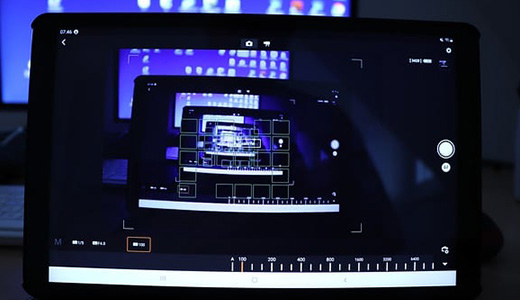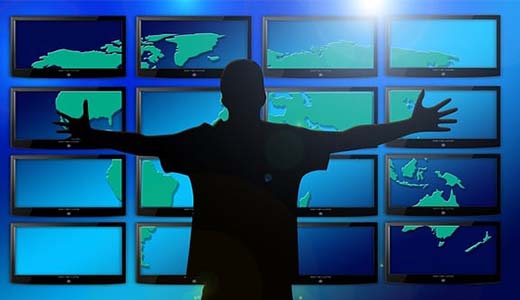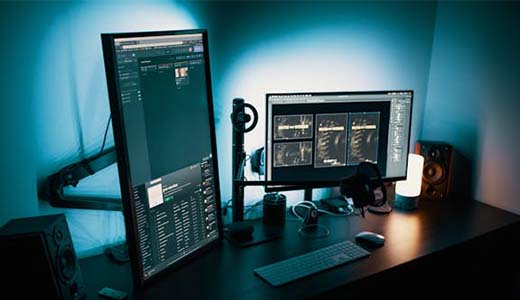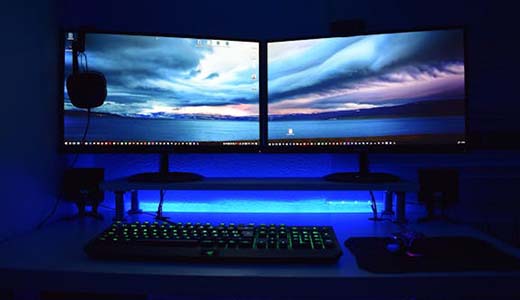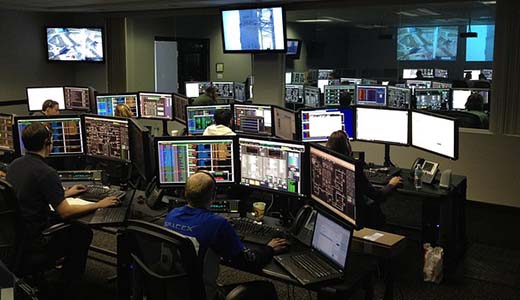What is remote desktop connection multiple monitors?
Remote desktop connection with multiple monitors allows users to connect to a remote computer and use multiple displays as if they were directly linked to their local machine. This setup enhances productivity by providing a wider workspace, enabling users to manage different applications across several screens. To utilize this feature, both the remote and local systems must support multi-monitor configurations, and the appropriate settings must be enabled in the remote desktop client. It’s commonly used in professional environments for tasks that require extensive data management or multitasking.
Applications of remote desktop connection multiple monitors?
Remote desktop connection with multiple monitors enhances productivity by allowing users to utilize dual or more screens from a remote location. This setup is ideal for tasks requiring extensive data analysis, design work, or software development, enabling seamless navigation between applications. It also facilitates better multitasking during virtual meetings, allowing users to share presentations on one screen while accessing notes or documents on another. Additionally, it supports various industries like IT support, finance, and remote work, improving collaboration and workflow efficiency.
Different types of remote desktop connection multiple monitors?
There are several types of remote desktop connections that support multiple monitors:
RDP (Remote Desktop Protocol): Microsoft's native solution allows multi-monitor support by spanning the session across available displays.
VNC (Virtual Network Computing): Supports multiple displays but requires specific configuration for each monitor.
TeamViewer: Offers simple multi-monitor setup and easy access across different networks.
AnyDesk: Provides seamless multi-monitor usage with easy switching between screens.
Chrome Remote Desktop: Supports multiple monitors but with limited features compared to others.
Technology used for remote desktop connection multiple monitors?
For remote desktop connections with multiple monitors, several technologies can be utilized, including:
- Microsoft Remote Desktop Protocol (RDP): Supports spanning multiple monitors.
- Virtual Network Computing (VNC): Offers flexible configuration for multi-monitor setups.
- TeamViewer: Allows seamless access to multiple screens.
- AnyDesk: Supports multi-screen displays with easy navigation.
- Citrix Virtual Apps and Desktops: Optimized for complex multi-monitor environments.
These solutions typically enable users to extend or mirror their desktop across different screens remotely, enhancing productivity.
